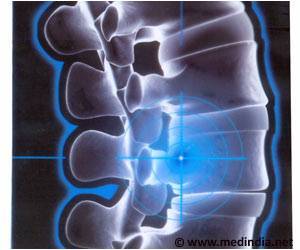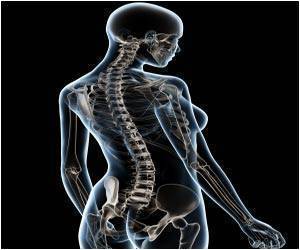Researchers have found a way to make injured nerve cells regenerate, so hope is there for those suffering from spinal cord injuries and neurological disorders.

"We are hopeful this discovery will open the door to new research related to spinal-cord and other neurological disorders in humans," said Rolls, according to the journal Cell.
Rolls explained that axons, which form long bundles jutting out from nerve cells (neurons), ideally survive throughout an animal's lifetime. But neurons need to be resilient and, in the event of injury or simple wear and tear, some can repair damage by growing new axons.
Previously, Rolls and others suggested that microtubules, the intracellular "highways" along which basic building blocks are transported, might need to be rebuilt as an important step in this type of repair.
The Rolls team, therefore, started to investigate the role of microtubule-remodelling proteins in axon regrowth after injury. They focused on a set of proteins that sever microtubules into small pieces.
Out of this set, a protein named spastin emerged as a key player in axon regeneration.
Advertisement
"When one copy of this gene is disrupted, affected individuals develop hereditary spastic paraplegia (HSP), characterised by progressive lower-limb weakness and spasticity as the long-motor axons in the spinal cord degenerate. Thus, identifying a new neuronal function for spastin may help understand this disease."
Advertisement
Source-IANS










